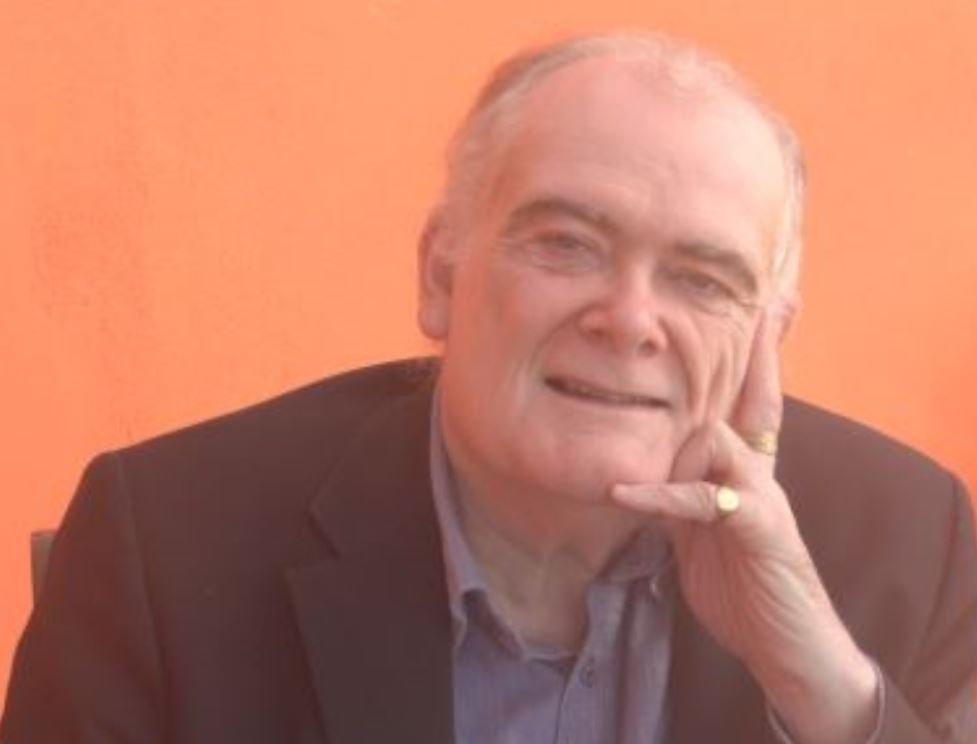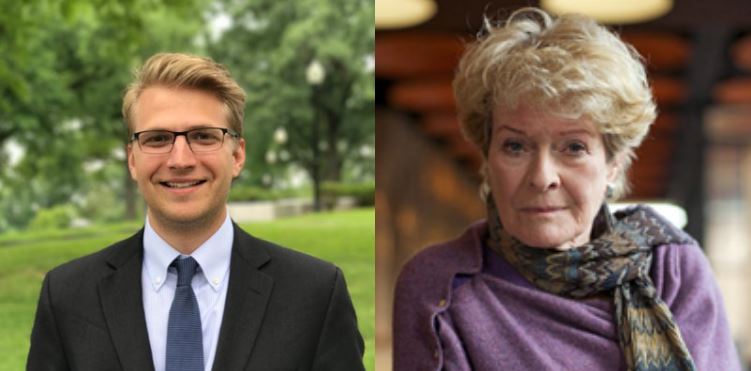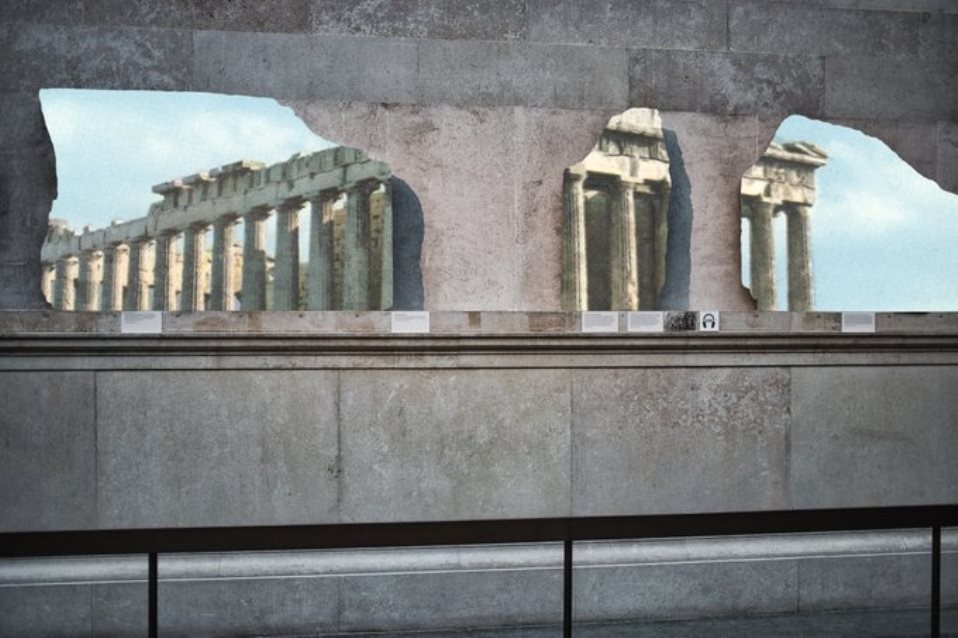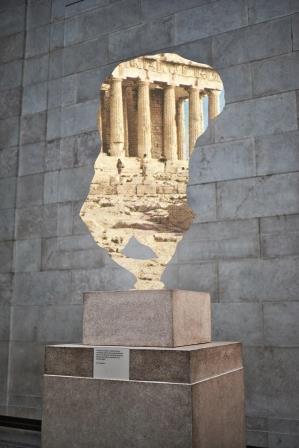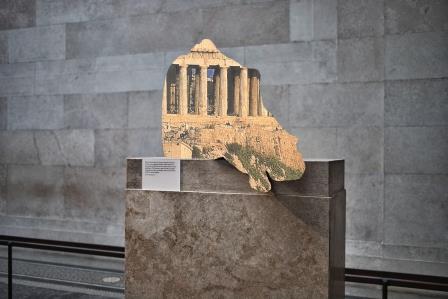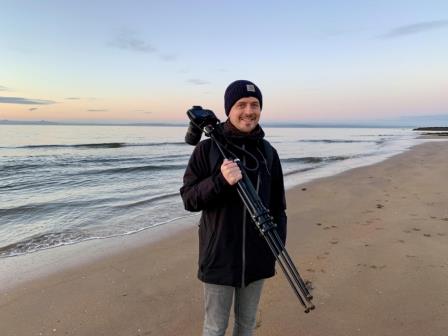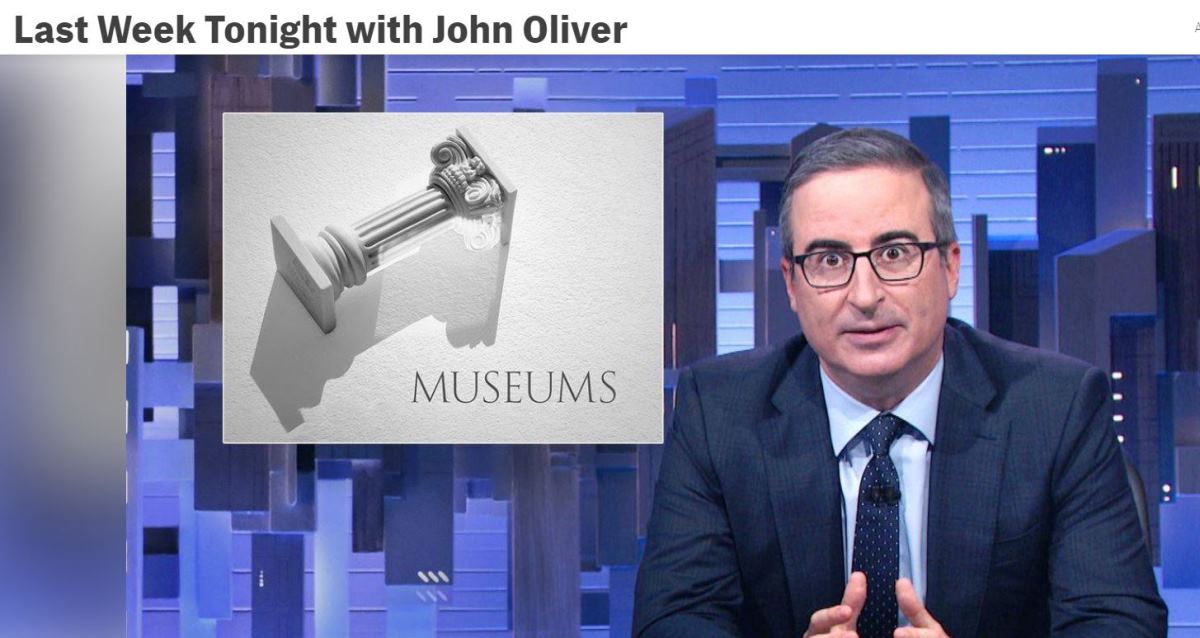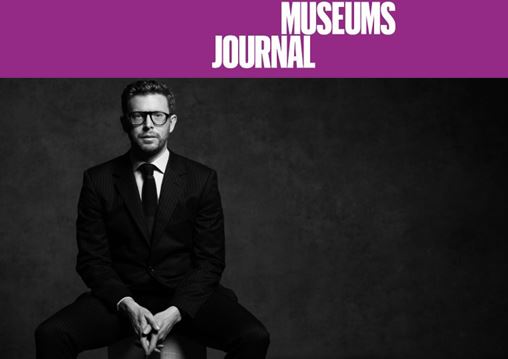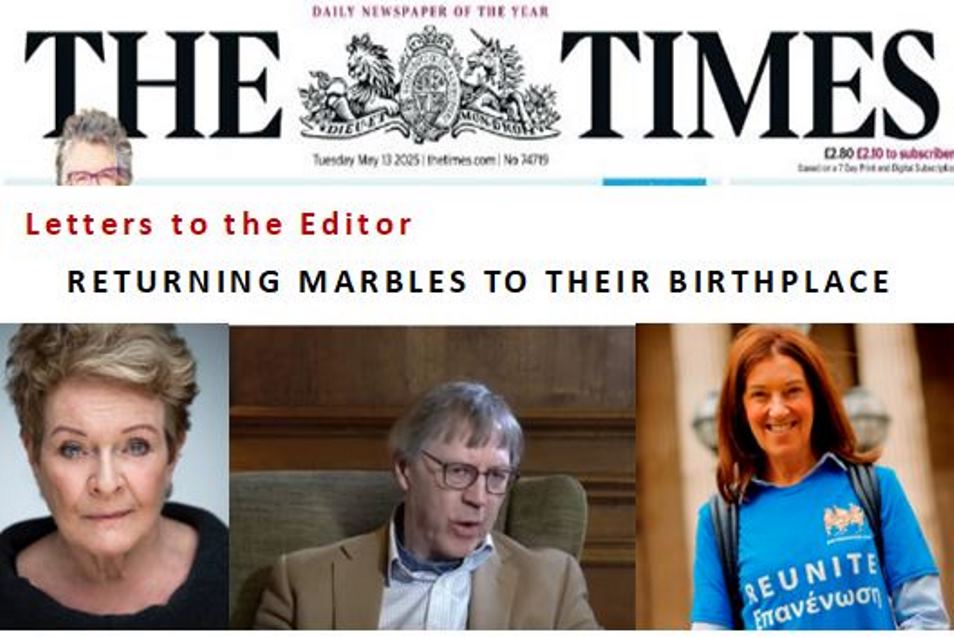National Heritage Act 1983
Volume 824: debated on Thursday 13 October 2022
Lord Vaizey of Didcot to ask His Majesty’s Government what plans they have to review the National Heritage Act 1983.
Lord Vaizey: My Lords, it is obviously time to get cracking. We have only one hour, but we have a stellar cast of Peers here to debate this important issue, including the first major speech by my noble friend Lord Parkinson since he was so cruelly ejected by this temporary Government.Toggle showing location ofColumn 168GC
It is hard to believe that 40 years ago some of our greatest museums were simply adjuncts of government departments—much as I admire government departments. The V&A was actually a section of the Department of Education and Science, as was the Science Museum; the Royal Armouries was part of the Department of the Environment; and Kew Gardens was part of the Ministry of Agriculture, Fisheries and Food. The Heritage Act 1983 did a great thing and set them free, following the model of many other Acts which had put in place the governance of our national museums, including the famous British Museum Act 1963 and many others before. The Heritage Act meant, effectively, that the micromanagement of museums by government departments was to become a thing of the past, and that our museums would become broadly autonomous, steered in all their complexity by engaged directors and trustees—which reminds me that I have to declare my interests. I am a trustee of Tate, and I was appointed today as chairman of the Parthenon Project, for which I am not paid, which is a campaign to return the Parthenon sculptures to the Parthenon. I am sure that I have lots of other interests that encroach, but those are the two that spring to mind immediately.
This approach of making our museums as autonomous as possible has been an unequivocal success. As people know, UK museums are some of the most popular in the world, with 50 million people visiting DCMS-sponsored museums. The British Museum, Tate Modern, the Natural History Museum and the V&A are in the top 10 most popular art museums in the world. We have the best of both worlds: we do not micromanage our institutions, as do the French, and we do not simply leave them to the whims of wealthy benefactors, as to a certain extent our American cousins do.
With the 40th anniversary of the Act falling next year, there is now a chance to reflect on the remaining restrictions that still bind some of our museums. I am talking in particular about the disposal of objects in a museum’s collection. In the 1980s, it was quite right for the Government to impose these kinds of restrictions, just as they were establishing freedom for national museums. That has been very successful. The collections in our museums, which are for research as well as display, are unrivalled by institutions all over the world.
But in the last few years, the debate has moved on to include a sophisticated and important debate about restitution: how cultural objects were acquired and where they might ultimately reside. It has moved on also because, even going back to a time as recent as the 1980s, the ability to travel around the world to look at objects and the ability to study objects through technology have leapt on exponentially.
We need to debate whether the Act still works for what we need today. In 1983, what was not accounted for or considered were restitution requests and the idea that trustees might want, to put it bluntly, to do the right thing and return artefacts to their place of origin.
Things are beginning to move and the museums that do not have restrictions are able to make these decisions. This week alone, the Smithsonian museum decided to return 29 Benin bronzes, taken from Nigeria Toggle showing location ofColumn 169GCduring the 1897 British raid on Benin City, to the National Commission for Museums and Monuments in Nigeria. Nigeria has also made a restitution agreement with Germany that included the handover of two Benin bronzes. Oxford and Cambridge Universities have agreed to repatriate more than 200 Benin bronze items, and the University of Aberdeen has already returned two bronzes—the first British university to do so. The Horniman Museum has agreed to return 72 objects. Glasgow City Council has returned Benin bronzes and the Royal Albert Memorial Museum in Exeter has returned some sacred regalia to the Siksika Nation in Alberta. Many museums, if they are not restricted in the way our national museums are, are getting ahead of the game and leaning into this issue.
Let me show you an anomaly that exists today. The V&A has the “Head of Eros”. The British military consul in Anatolia, Charles Wilson, took it from a Roman sarcophagus in 1879 and loaned it to the V&A. It was then gifted to the V&A by his daughter, but Wilson himself had expressed the wish that the head be returned to whoever ended up caring for the sarcophagus. As long ago as 1934, the V&A tried to return it to the Istanbul Archaeological Museum. It has taken almost a century to physically return it, but it was returned in 2021—but of course as a loan rather than a transfer of ownership. And of course, the Parthenon sculptures have been endlessly debated for the last 200 years. I am not going to get into that in my opening remarks.
The stalemate of the Parthenon marbles is nevertheless a useful issue to look at. If your view is simply binary, either you own them and keep them or you do not own them. The debate around returning artefacts is complex, but it is hard to argue that the “retain and explain” policy on contested heritage that the previous Government put in place has been a success. That policy involved writing to museums, galleries and arm’s-length bodies, even those outside the 1983 Act, advising them not to remove contested heritage from their collections. This was effectively a backwards step on the independence and scholarship of directors and trustees.
One question that is frequently asked when one discusses this issue is whether one will go from one extreme to another, from not giving back any object back to giving back everything so that museum shelves and display cases are stripped clear. That will not be the case. The V&A, which holds more than 2.7 million items in its collections, has received a total of nine restitution cases since 1999. The Spoliation Advisory Panel, which returns Nazi-looted art and is a good example of where the Government stepped up to do the right thing, has returned only 22 objects. I think the Spoliation panel and the Reviewing Committee on the Export of Works of Art, where we ourselves say an object is part of our cultural identity and should not leave our shores, are very good models for the Government to follow, should they wish to amend these Acts and put in place a new procedure. One is not—without wishing to contradict myself in my own speech—saying that the trustees would simply have carte blanche to return an object. There would be a reviewing mechanism. It could be an independent body, such as the Reviewing Toggle showing location ofColumn 170GCCommittee for the Export of Works of Art, which would simply give a view on whether this was a wise disposal.
We know there is much talk about a supposed loophole that has appeared in the Charities Act 2022 to allow museums to make a moral disposal but, even under that, it would require an application to the Attorney-General and the agreement of the Charity Commission. The Horniman Museum’s decision to return the Benin bronzes was still subject, in effect, to approval by the Charity Commission; there will, therefore, always be a backstop to allow a director or a board of trustees to think again about a decision.
In these opening remarks, I simply ask the Minister to consider how times have changed. Our world-class national museums are run by world-class directors and curators. The debate on the provenance of objects and their location has become much more sophisticated, technology has changed and travel has changed. We in this House can have a mature debate about that. The Minister has a perfect opportunity, particularly with the debate about the Charities Act loophole and as we celebrate the fifth anniversary of the Mendoza review into national museums’ policy—which certainly needs to be updated and its implementation reviewed—to take a holistic view of our national museums in the 21st century and to put on the table the opportunity to give our museums and their directors and trustees greater freedom to dispose of or to return objects of questionable provenance to their rightful owners or location.
To view the transcrip of the debate follow the link here.
